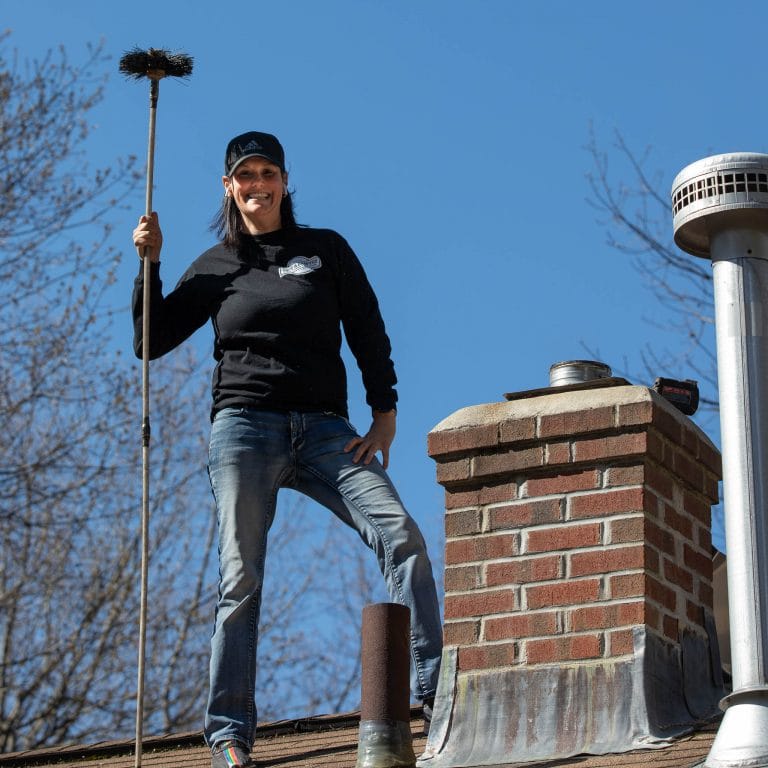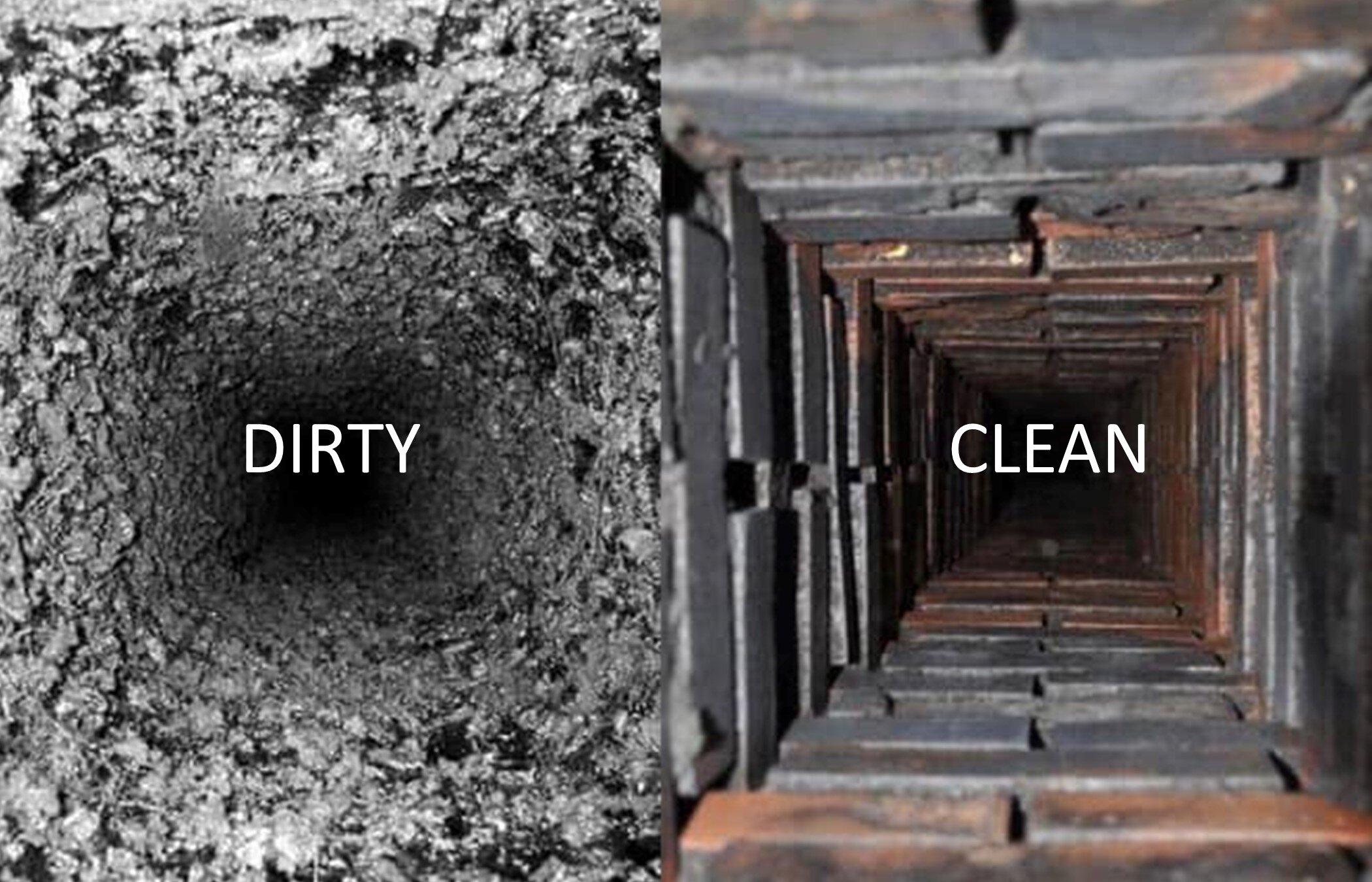Safeguard Your Home with Routine Chimney Maintenance San Jose Practices
Safeguard Your Home with Routine Chimney Maintenance San Jose Practices
Blog Article
Specialist Tips for Effective Smokeshaft Maintenance You Required to Know
Smokeshafts function as essential elements in several homes, supplying heat and convenience. Guaranteeing their proper upkeep is typically neglected until concerns arise. Understanding the complexities of chimney care can be the key to stop pricey repairs and safeguarding your home and family. From the relevance of routine examinations to risk-free operational techniques, a comprehensive approach to chimney upkeep is vital. Let's explore professional tips that can assist you maintain your chimney in ideal condition for years ahead.
Value of Routine Examinations
Routine evaluations of chimneys are vital for guaranteeing their safety and security and capability. Chimneys play an important role in venting out damaging gases and preserving proper air flow in a home. With time, creosote buildup, debris, and structural damage can take place within the chimney, posturing major risks such as chimney fires or carbon monoxide leakages.
Throughout a chimney assessment, trained experts analyze the problem of the chimney, trying to find any type of indications of damage, blockages, or deterioration. They additionally check the integrity of the flue, chimney lining, and smokeshaft cap to guarantee whatever remains in proper functioning order. By determining and attending to problems early, costly fixings or possible threats can be stayed clear of.
Regular assessments not only aid in preserving the safety and security of the smokeshaft however also add to its overall effectiveness. A well-kept and tidy smokeshaft runs better, guaranteeing appropriate ventilation and reducing the danger of indoor air contamination. Therefore, scheduling annual chimney examinations is a proactive action that house owners can require to shield their property and loved ones.
Cleaning Techniques and Frequency
Preserving the safety and security and efficiency of a smokeshaft entails not just normal evaluations however likewise applying appropriate cleaning methods and establishing the optimal regularity for cleansing. Chimneys ought to be cleaned up by a specialist chimney sweeper a minimum of when a year, even if they are not regularly made use of. Nevertheless, if the smokeshaft is utilized frequently, particularly with wood-burning ovens or fireplaces, it may need more frequent cleanings to stop the accumulation of creosote, an extremely combustible substance that can lead to smokeshaft fires.
The cleaning procedure commonly entails eliminating creosote, residue, and particles from the chimney flue, smoke chamber, and firebox. Specialist chimney sweeper use specialized brushes, tools, and vacuum cleaners to make sure comprehensive cleansing without producing a mess in the home. In addition, they examine the chimney's framework for any type of indicators of damage or put on that may need fixings. Property owners need to never overlook smokeshaft cleansing, as it is important for maintaining a secure and functional chimney system - Chimney Maintenance San Jose. Routine cleansings not only minimize the risk of smokeshaft fires but likewise enhance the smokeshaft's general efficiency and long life.
Attending To Smokeshaft Leaks

When addressing smokeshaft leaks, detailed inspection and prompt repairs are essential to protect against water damage and keep the structural stability of the smokeshaft. Leaks in a smokeshaft can lead to significant issues such as mold growth, deterioration of the smokeshaft framework, and also prospective fire dangers. To properly deal with chimney leakages, beginning by evaluating the smokeshaft cap, crown, blinking, and stonework for any type of indications of damage or wear.
Recognizing Creosote Accumulation
To recognize the prospective risks of creosote build-up in smokeshafts, it is vital to acknowledge its formation procedure and influence on smokeshaft performance. When timber or fossil fuels are burned, click here to read Creosote is a black or brownish tar-like substance that gathers inside chimney systems. As smoke rises via the smokeshaft, it cools and condenses, resulting in the formation of creosote, which abides by the chimney wall surfaces.

Routine smokeshaft inspections and cleanings by a professional smokeshaft move are vital in stopping creosote accumulation and ensuring the risk-free operation of your chimney system.
Safe Operation Practices
Implementing proper security protocols is essential for the reliable and safe procedure of chimney systems. Constantly ensure that the chimney is expertly examined and cleansed on a regular basis to eliminate any type of creosote buildup, which can lead to chimney fires.
Additionally, make sure to just burn experienced timber in your fire place, as damp or green timber can generate more creosote and trigger hazardous smokeshaft clogs. Never ever leave a fire ignored and always make sure the fire is entirely snuffed out prior to going to bed or leaving the house. By following these secure procedure techniques, you can enjoy a warm and comfortable fire while making sure the safety of your home and liked ones.
Conclusion
Finally, preserving your smokeshaft is important for ensuring its safety and security and performance. Regular examinations, proper cleansing methods, dealing with leakages, managing creosote build-up, and following risk-free operation practices are key aspects of chimney maintenance. By remaining on top of these tasks, you can avoid possible hazards and lengthen the life-span of your smokeshaft. It is very important to prioritize chimney maintenance to keep your home safe and cozy during the chillier months.
Over time, creosote build-up, particles, and structural damage can occur within the smokeshaft, presenting severe threats such as chimney fires or carbon monoxide leakages.
If the smokeshaft is made use of consistently, specifically with read here wood-burning ovens or fireplaces, it may call for more frequent cleanings to prevent the build-up of creosote, an extremely flammable material that can lead to chimney fires. (Chimney Maintenance San Jose)
To recognize the potential threats of creosote accumulation in smokeshafts, it is vital to identify its development process and influence on chimney performance. As smoke increases through the smokeshaft, it YOURURL.com condenses and cools down, leading to the development of creosote, which sticks to the chimney wall surfaces.
Constantly guarantee that the smokeshaft is skillfully evaluated and cleansed frequently to remove any type of creosote accumulation, which can lead to smokeshaft fires.
Report this page